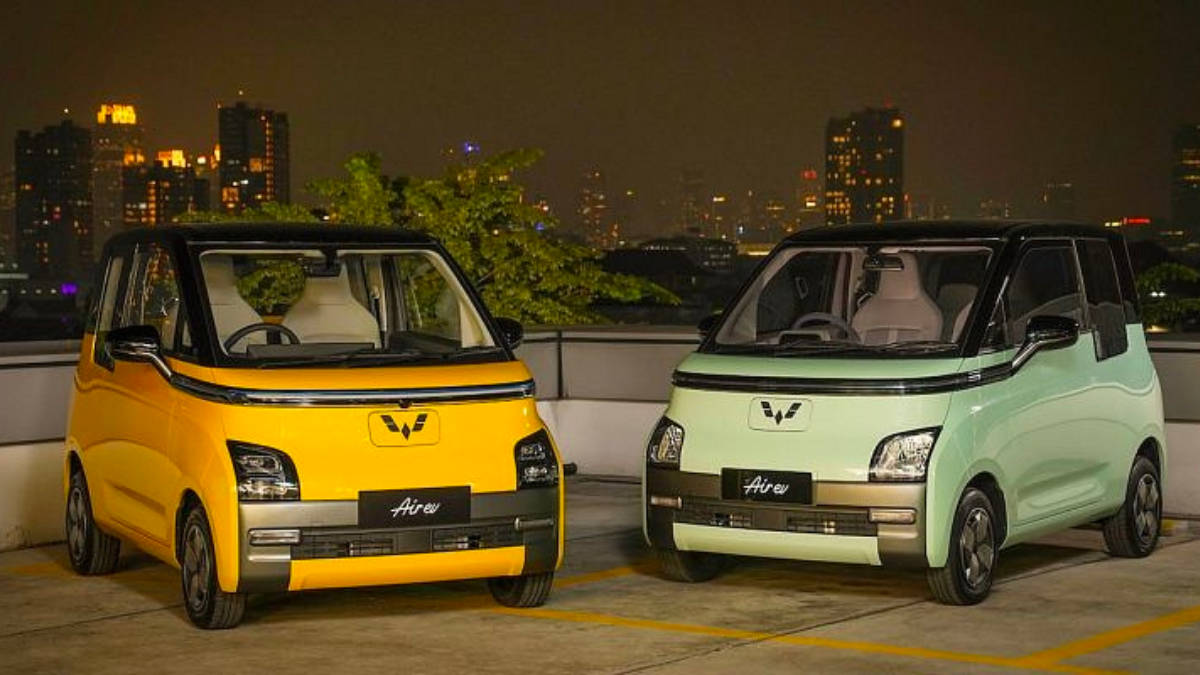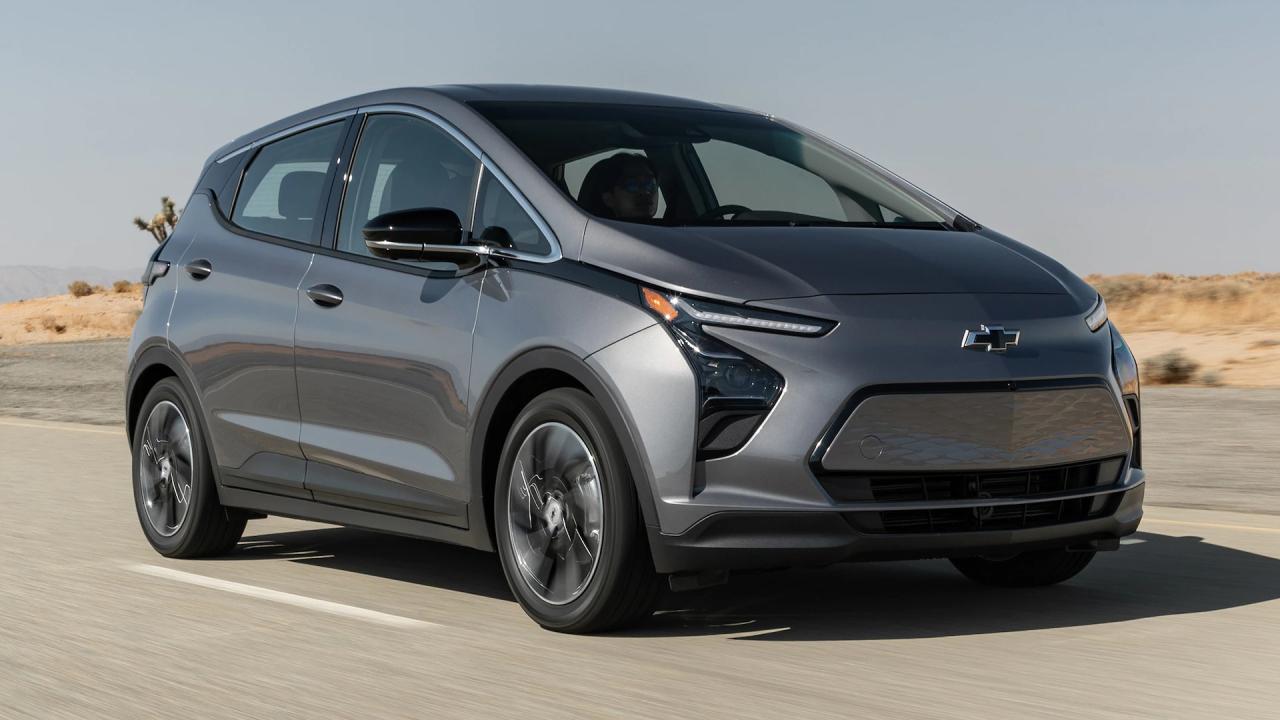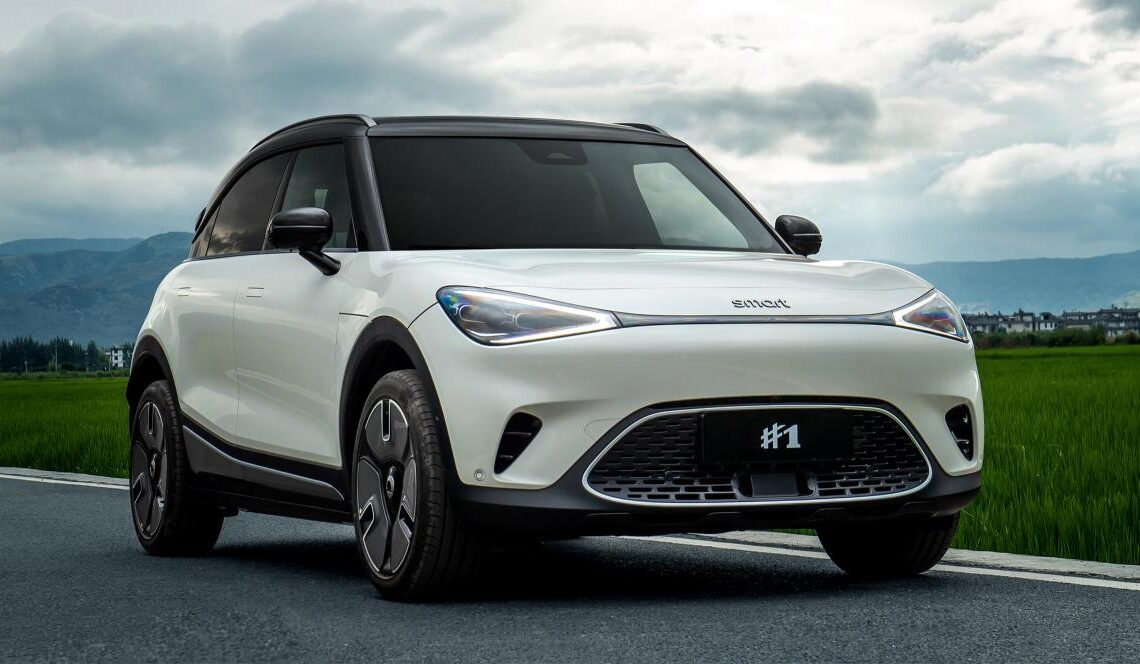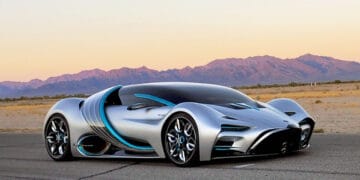The electric vehicle (EV) market is no longer a niche segment; it is a global phenomenon experiencing unprecedented growth, rapidly reshaping the automotive industry and the future of transportation. What was once considered a futuristic concept, fraught with range anxiety and high costs, has blossomed into a mainstream movement driven by technological innovation, increasing consumer demand, and urgent environmental imperatives. This comprehensive exploration delves into the multifaceted reasons behind this explosive expansion, examining the driving forces, challenges, and the transformative impact EVs are having on economies, infrastructure, and daily lives worldwide.
The Electrifying Surge

The rapid growth of the EV market represents one of the most significant paradigm shifts in modern industrial history. For over a century, the internal combustion engine (ICE) reigned supreme, powering the world’s vehicles. Now, electric powertrains are challenging that dominance, offering a compelling alternative that promises cleaner air, quieter cities, and a more sustainable future. This shift is not merely incremental; it is a fundamental re-imagining of how we power our personal and public transport.
The enthusiasm for EVs stems from multiple compelling benefits. For consumers, immediate torque delivery translates to exhilarating acceleration, while lower running costs due to cheaper electricity and reduced maintenance are highly attractive. For governments and environmental advocates, EVs offer a crucial pathway to reducing greenhouse gas emissions, combating climate change, and improving urban air quality. The convergence of these factors has created a perfect storm for rapid adoption, propelling the EV market into an era of exponential expansion.
A. Key Drivers of EV Market Growth
Several interconnected factors are fueling the meteoric rise of electric vehicles:
A. Increased Energy Density: Batteries can now store more energy in a smaller, lighter package, leading to longer driving ranges.
B. Faster Charging Times: Innovations in fast-charging technology (e.g., 800V architectures) are significantly reducing the time it takes to “refuel” an EV, mitigating range anxiety.
C. Cost Reduction: The cost of battery packs has plummeted over the past decade, making EVs more affordable and competitive with ICE vehicles. This is a critical factor in achieving price parity.
D. Improved Longevity and Reliability: Modern EV batteries are designed to last the lifetime of the vehicle, often coming with extensive warranties, dispelling earlier concerns about degradation.
E. Purchase Subsidies and Tax Credits: Many governments offer financial incentives (e.g., grants, tax breaks) to reduce the upfront cost of EVs, making them more attractive to buyers.
F. Emissions Regulations and Mandates: Stricter emissions standards for ICE vehicles, coupled with mandates for EV sales targets (e.g., California’s ZEV mandate, EU CO2 targets), compel automakers to produce more EVs.
G. Infrastructure Investment: Governments worldwide are investing heavily in building public charging infrastructure, including fast-charging networks along major highways and in urban centers.
B. The Global Landscape of EV Adoption
The pace and patterns of EV adoption vary significantly across different regions, influenced by local policies, economic conditions, and cultural factors.
A. China: China is the undisputed global leader in EV sales and production, driven by strong government support, massive domestic demand, and a robust EV supply chain. Its cities often face severe air pollution, providing an additional impetus for EV adoption.
B. Europe: European countries, particularly Norway, Germany, and the Netherlands, have aggressively promoted EVs through stringent emissions regulations and generous incentives. The EU’s ambitious climate targets are pushing the entire continent towards electrification.
C. North America (USA & Canada): EV adoption is steadily increasing, particularly in states like California, which has strong zero-emission vehicle mandates. The US government has signaled strong support through infrastructure spending and consumer tax credits, aiming to accelerate the transition.
D. Asia (Excluding China): Countries like South Korea and Japan are strong players in EV manufacturing and are seeing increasing domestic adoption. India is a nascent but potentially massive market, with government policies aimed at promoting affordable EVs.
E. Other Regions (e.g., Australia, Latin America, Africa): EV adoption in these regions is still in earlier stages, often limited by charging infrastructure, higher upfront costs, and a lack of supportive policies. However, interest is growing, and pilot programs are emerging.
C. Challenges and Obstacles to Overcome
Despite the impressive growth, the EV market still faces several hurdles that need to be addressed for sustained, widespread adoption:
A. Charging Infrastructure:
Availability: The number of public charging stations, especially fast chargers, still needs to increase significantly to meet demand, particularly in rural areas or apartment complexes.
Reliability: Issues with broken or non-functioning chargers can be a source of frustration for EV owners.
Standardization: While progress is being made, a complete standardization of charging plugs and payment systems across all regions would enhance user experience.
B. Upfront Cost and Price Parity:
Higher Purchase Price: While battery costs are falling, EVs still often have a higher initial purchase price than comparable ICE vehicles, especially without government subsidies.
Affordable Options: The market needs more genuinely affordable EV options to appeal to a broader consumer base, particularly in developing economies.
C. Range Anxiety:
Perception vs. Reality: Although most modern EVs offer sufficient range for daily commutes, the psychological “range anxiety” persists for some consumers, especially concerning long road trips.
Cold Weather Impact: Battery range can be significantly reduced in very cold temperatures, which is a concern for consumers in colder climates.
D. Grid Capacity and Renewable Energy Integration:
Power Generation: As more EVs come online, electricity grids need to be capable of handling the increased demand, particularly during peak charging times.
Renewable Sources: The environmental benefits of EVs are maximized when the electricity used to charge them comes from renewable sources (solar, wind). Ensuring sufficient green energy generation is crucial.
E. Material Sourcing and Sustainability:
Battery Raw Materials: The extraction of critical battery raw materials like lithium, cobalt, and nickel raises environmental and ethical concerns. Sustainable sourcing and recycling initiatives are vital.
Manufacturing Footprint: The overall carbon footprint of EV manufacturing, particularly battery production, needs to be continuously reduced to maximize environmental benefits over the vehicle’s lifecycle.
F. Consumer Education and Awareness:
Misconceptions: Many consumers still hold misconceptions about EV capabilities, charging, and maintenance. Public education campaigns are essential.
Driving Experience: Highlighting the superior driving dynamics (instant torque, quietness) can attract new buyers.
D. The Impact on Traditional Automakers and New Entrants
The EV revolution is fundamentally reshaping the competitive landscape of the automotive industry:
Traditional Automakers (Legacy OEMs):
A. Massive Investment: Companies like General Motors, Volkswagen, Ford, and Toyota are investing tens, if not hundreds, of billions of dollars into EV research, development, and manufacturing.
B. Re-tooling Factories: Existing production lines are being re-tooled or new “gigafactories” are being built specifically for EV components and assembly.
C. Supply Chain Restructuring: Legacy automakers are having to forge new relationships for battery cell supply and other EV-specific components, often investing directly in battery production.
D. Workforce Re-training: A significant effort is required to re-train their vast workforces for EV manufacturing, servicing, and software development.
New Entrants and Startups:
A. Tesla’s Dominance: Tesla largely pioneered the modern EV market and remains a dominant force, setting benchmarks for performance, software, and direct-to-consumer sales.
B. Challenger Brands: Companies like Rivian (electric trucks/SUVs), Lucid (luxury EVs), and Nio (premium EVs in China) have emerged, specializing solely in electric vehicles and often bringing innovative business models (e.g., battery swapping).
Tech Company Involvement: Big tech companies are also entering the automotive space, either through software and autonomous driving systems or by developing full vehicles, leveraging their expertise in AI and connectivity.
E. The Evolution of EV Technology Beyond Batteries
While batteries are central, other technological advancements are also driving the EV market forward:
A. Electric Motor Efficiency: Continuous improvements in electric motor design are leading to higher power output, greater efficiency, and more compact units.
B. Power Electronics: Sophisticated power electronics manage the flow of electricity between the battery, motor, and charging system, optimizing performance and efficiency.
C. Thermal Management Systems: Advanced cooling and heating systems ensure optimal operating temperatures for batteries and motors, preserving performance and longevity.
D. Software-Defined Vehicles: EVs are increasingly “computers on wheels,” with software controlling nearly every aspect of the vehicle, enabling over-the-air (OTA) updates for new features and performance improvements. This is a significant differentiator from ICE vehicles.
E. Vehicle-to-Grid (V2G) Technology: This emerging technology allows EVs to not just draw power from the grid but also feed excess electricity back into it, acting as mobile energy storage units, potentially stabilizing grids and generating revenue for owners.
F. Autonomous Driving Integration: EVs are ideal platforms for autonomous driving technology due to their electronic control systems and ample power for sensors and computing, paving the way for future robotaxis and self-driving fleets.
F. Economic and Societal Impacts of EV Growth

The rise of the EV market has profound economic and societal implications:
A. Job Creation and Shifting Workforce: While some jobs in ICE manufacturing may decline, new jobs are being created in battery production, EV assembly, charging infrastructure installation, and software development. This necessitates significant workforce retraining and adaptation.
B. Reduced Oil Dependency: Widespread EV adoption significantly reduces a nation’s reliance on imported oil, enhancing energy security and reducing geopolitical vulnerabilities tied to fossil fuel markets.
C. Urban Planning and Infrastructure: Cities will need to adapt to increased EV charging needs, potentially rethinking parking regulations, developing smart charging solutions, and integrating EVs into smart city initiatives.
D. Quiet Cities: The widespread adoption of EVs promises significantly quieter urban environments, reducing noise pollution and improving the quality of life for residents.
E. New Business Models: The EV transition is spawning new businesses in areas like battery recycling, V2G services, mobile charging solutions, and subscription-based mobility.
F. Raw Material Geopolitics: The increased demand for critical battery minerals is creating new geopolitical dynamics and a race to secure stable supply chains, potentially shifting economic power.
Conclusion
The rapid growth of the EV market is an undeniable force, signaling a fundamental and irreversible shift in the automotive world. Driven by relentless technological innovation, increasing affordability, strong governmental support, and a burgeoning global consciousness regarding sustainability, electric vehicles are swiftly moving from the periphery to the mainstream. While challenges remain, particularly concerning charging infrastructure and raw material sourcing, the industry is mobilizing vast resources to overcome them. The transition to an electrified future promises not only cleaner air and quieter cities but also a revitalized automotive industry, new economic opportunities, and a more sustainable pathway for global transportation. The journey is far from over, but the destination—a world powered by electricity—is becoming clearer with each passing year.














